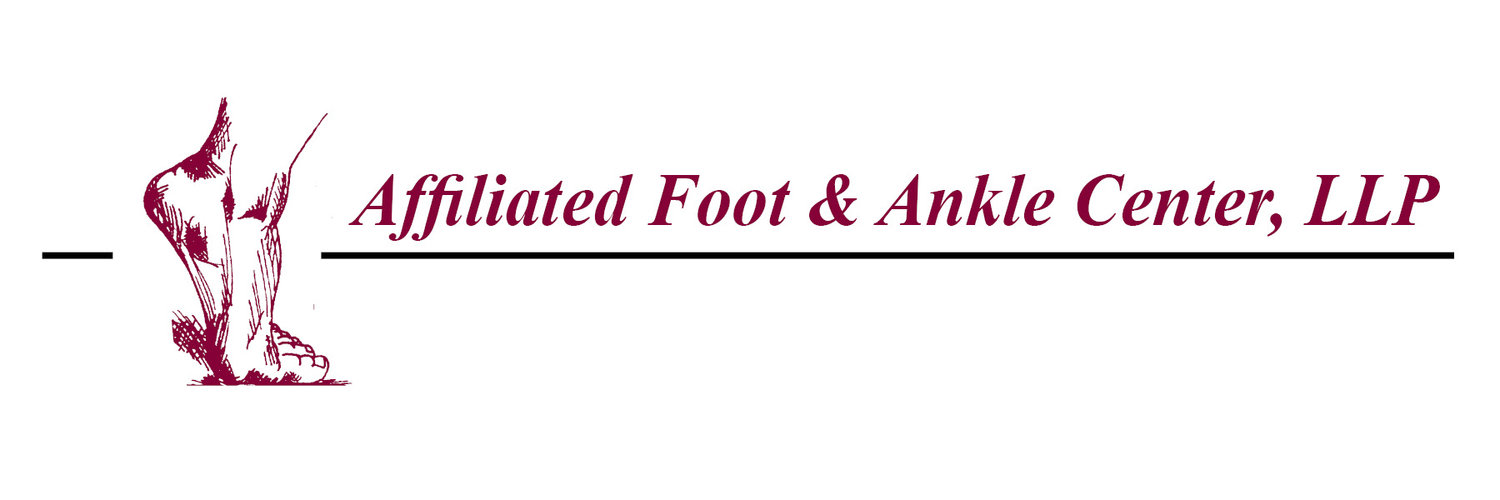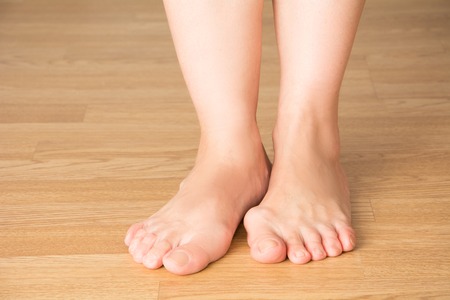How to Treat Your Bulging Big Toe
/If you look at down at your foot and see that it’s jutting outward at the base of your big toe, you’ve probably got a bunion. But a bunion may not be what you think it is.
A bunion isn’t swollen tissue or a damaged muscle. It’s actually a bone problem. With a bunion, the bones that form the joint at the base of your big toe no longer line up correctly. What used to be a straight joint is now a joint that projects outward. There are a number of reasons why the bones at the base of your big toe get pushed out of alignment, including:
genetics - this is the big one. A quick look at your grandparent’s or parent’s toes will tell you if your feet are likely to face a similar fate.
age
injury
tight-fitting shoes
high heels
overpronation
arthritis
As our Monmouth County board-certified podiatrists will tell you, any one of the above can cause a bunion to form. Or, a bunion can arise from a combination of these causes.
Not all bunions are created equal
Some people can have a bunion for many years and experience no pain or problems at all. Others have some pain but find relief simply by wearing shoes with more room in the toe area. Still others may find that, after years of putting up with discomfort, they can’t even walk anymore without pain. If that’s you, it’s beyond time to visit the podiatrists at Affiliated Foot & Ankle Center.
What a podiatrist can do
If you suspect you’ve got a bunion, visit one of our board-certified podiatrists Dr. Samantha Boyd, Dr. Hal Ornstein, Dr. Dan Phan, and Dr. Joseph Saka. We can slow down the progression of a bunion and ease your pain with custom orthotics or bunion pads. Some bunions may require surgery to realign the bones and prevent damage to the adjacent toes. We want you to avoid surgery - so make an appointment before bunion pain interferes with your daily living. Call us at (32) 905-1110 for an appointment in one of our offices in Howell or Lowell, New Jersey.


